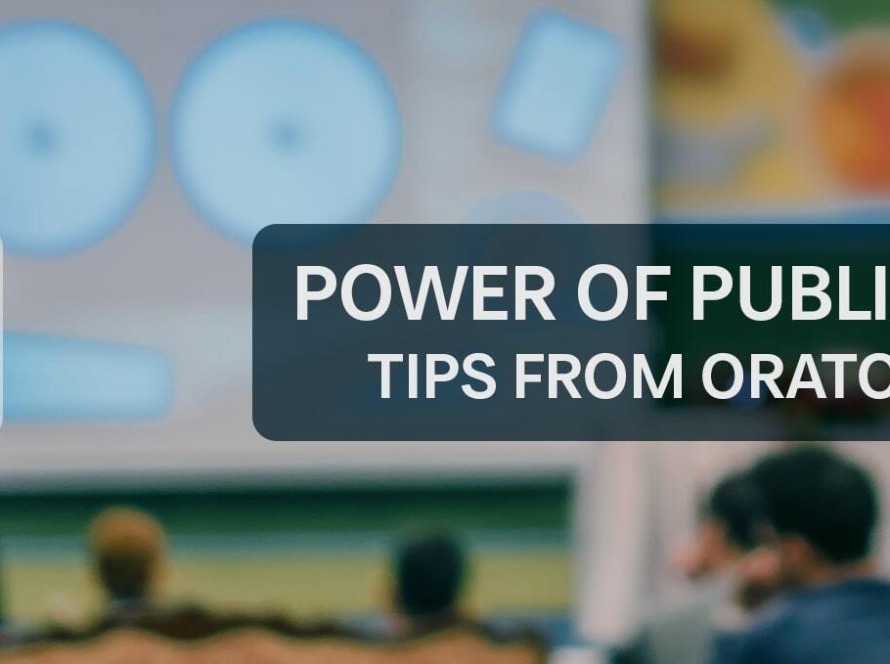The art of corporate storytelling has grown increasingly over the years. From small business owners to multinational corporations, these businesses have been utilizing corporate storytelling up to its maximum extent. And why not?
Business storytelling is a great way to advertise your brand while revealing the story of your brand, its success and how it has come where it has come. Many multinational companies even encourage and pay for their advertising team to partake in a corporate storytelling course.
In this blog, we will discuss the seven types of stories every corporate storyteller must know. But before we get into that, let us understand what corporate storytelling is.
What is corporate storytelling?
Corporate storytelling is a practice that includes applying narrative techniques to business methods. It brings the story of a brand, a product or a service, an organization or a business to life. Simply put, it is the practice of turning business moves into a story.
As human beings, we love stories. They tug at a deep part of our heart and keep us interested. Corporate storytelling exploits this nature of ours and uses it to invite customers, influence clients, motivate employees and more.
Another significant benefit of using storytelling for corporations is that it helps humanize faceless corporations by making them seem approachable with their stories.
Corporate storytelling is not done out of the goodness of the company’s heart. It is a smart form of advertising where the companies shape their stories in a way that makes the reader, viewer, or listener take some action benefiting the company.
7 types of stories every corporate storyteller must know
Now that you understand corporate storytelling let us return to our main topic.
According to Christopher Booker, author of ‘The 7 Basic Plots’, all of the stories ever written fall under seven main archetypes. Meaning every story you have ever read falls under one of the following seven categories:
- Overcoming the monster
- Rags to riches
- The quest
- Voyage and return
- Comedy
- Tragedy
- Rebirth
These seven types sum up the entire history of storytelling. A good corporate storytelling course will take you through all these stories. Now let us discuss them in detail and how they can be used in corporate storytelling.
The hero vs. villain story
The first is overcoming the monster, which means the victory of good over evil. This category encompasses all the hero vs. villain stories you have seen, read or heard.
This archetype can be used in business storytelling by highlighting the evils that a product or service has overcome. For example, you can talk about the market difficulties during the pandemic and how it was almost impossible to make profits, but somehow you managed to do that.
This story can also be implemented in a story of an employee from your organization. For example, they faced difficulties before getting a job at your corporation.
The rags to riches story
We have all seen a few too many movies that follow this line. A young, broke person working their way up and getting all the money. You know how it goes.
This story can easily be applied to your corporation since most businesses are rags in the beginning. Use this archetype to talk about your brand’s story from the launch and how you have come so far with dedication, hard work and motivation.
This is a classic corporate storytelling theme since most stories talk about the brand’s success from the beginning.
The quest story
A quest story takes us through the journey of the protagonist and their companions in finding a lost, valuable object. They face tremendous challenges, are outnumbered, and are right on the edge of falling, but they come back stronger every time. The Lord of The Rings is a perfect example of a quest story.
According to a corporate storytelling course, this story can be utilized to show what your company stands for. The main focus here would be on the end goal of your business and how you are trying to reach that goal. You will also include the major setbacks you have faced that have made your journey rough.
The voyage and return story
A perfect voyage and return story focuses on the hero’s adventures after being thrust out of their comfort zone. But unlike a quest story, the protagonist’s main aim is to return home. In a quest story, the protagonist takes up the quest voluntarily, but the character is forced into the voyage here.
A great example of this type of story is Alice in Wonderland, where Alice falls down the rabbit hole but manages to come back home.
In corporate stories, a voyage and return story focuses on the journey of your business being forced by market trends and such.
The funny story
This is not your rolling-on-the-floor laughing kind of story. Instead, it is a much more elegant comedy like that of Shakespeare. In Shakespeare’s or other classic comedies, the characters get confused and swept up in the plot of the story. These characters are relatable to the audience, and the air of confusion and doubt is finally cleared by a revelation.
Bridget Jones’s Diary is a great example of a comedy.
You can use this story to portray the narrative of your customers and how they are confused regarding what to choose. Your product is the revelation that clears all their doubts.
The tragic story
A tragic story is understood to be a story that ends in a disaster. But what people don’t understand is that this disaster is not the work of fate, but it is brought on by the single greatest flaw in the protagonist, mostly their egotism.
A great example of this type of story is The Mayor of Casterbridge.
With the help of a corporate storytelling course, you can implement this archetype by showing how the audience can reshape their destiny if they change their negative attributes.
The rebirth story
The rebirth story is not just fantasy. It can also be a real-life story. It usually involves a major change that the protagonist goes through and comes out of it as a changed character. This major change modifies their flaws and makes them better people overall.
The perfect example of a rebirth story is A Christmas Carol.
A rebirth story can be implemented in your corporate storytelling with the help of a lesson-learned story. This is a narrative about how market conditions forced you to change, and you learned a lesson from it.
Conclusion
Those were the seven types of business stories that every corporate storyteller must know. A corporate storytelling course will teach you all there is to know about these stories.
At Orator Academy, we have specifically designed courses that fulfill all your requirements for a perfect storytelling course. Our course will help you make the best-selling corporate stories.

